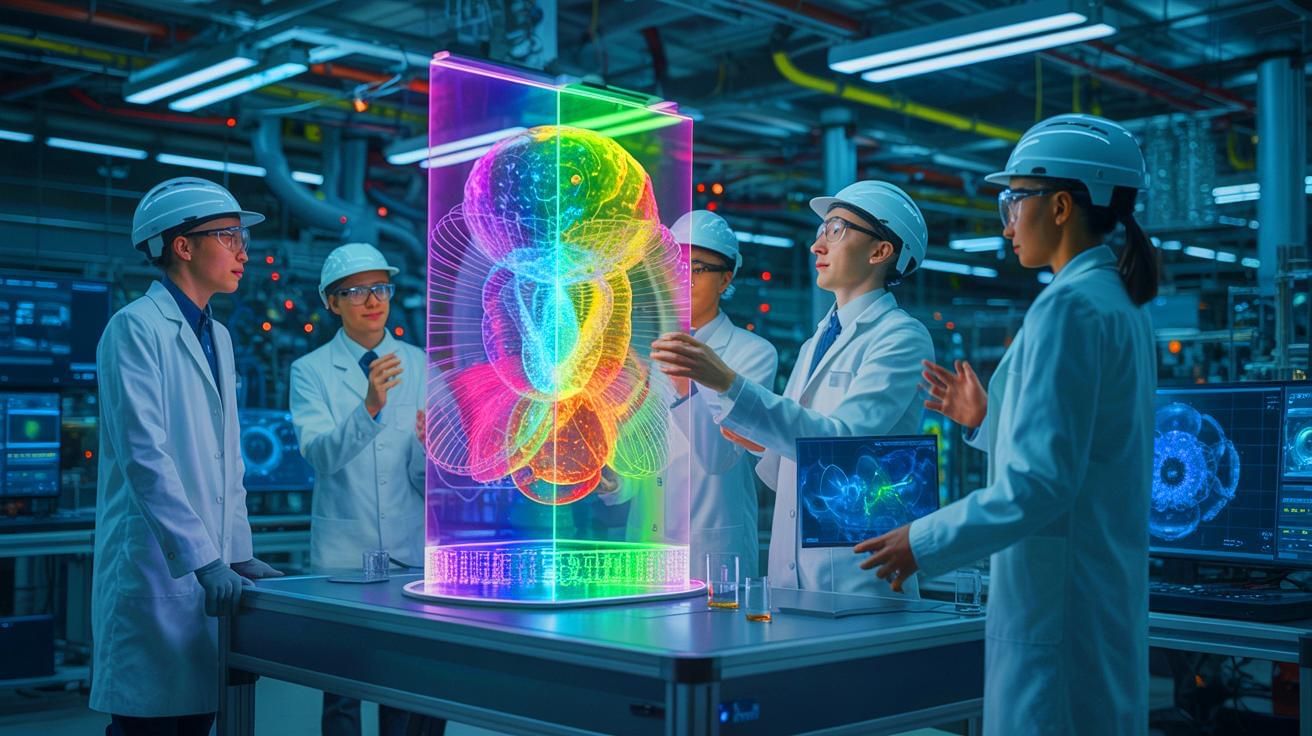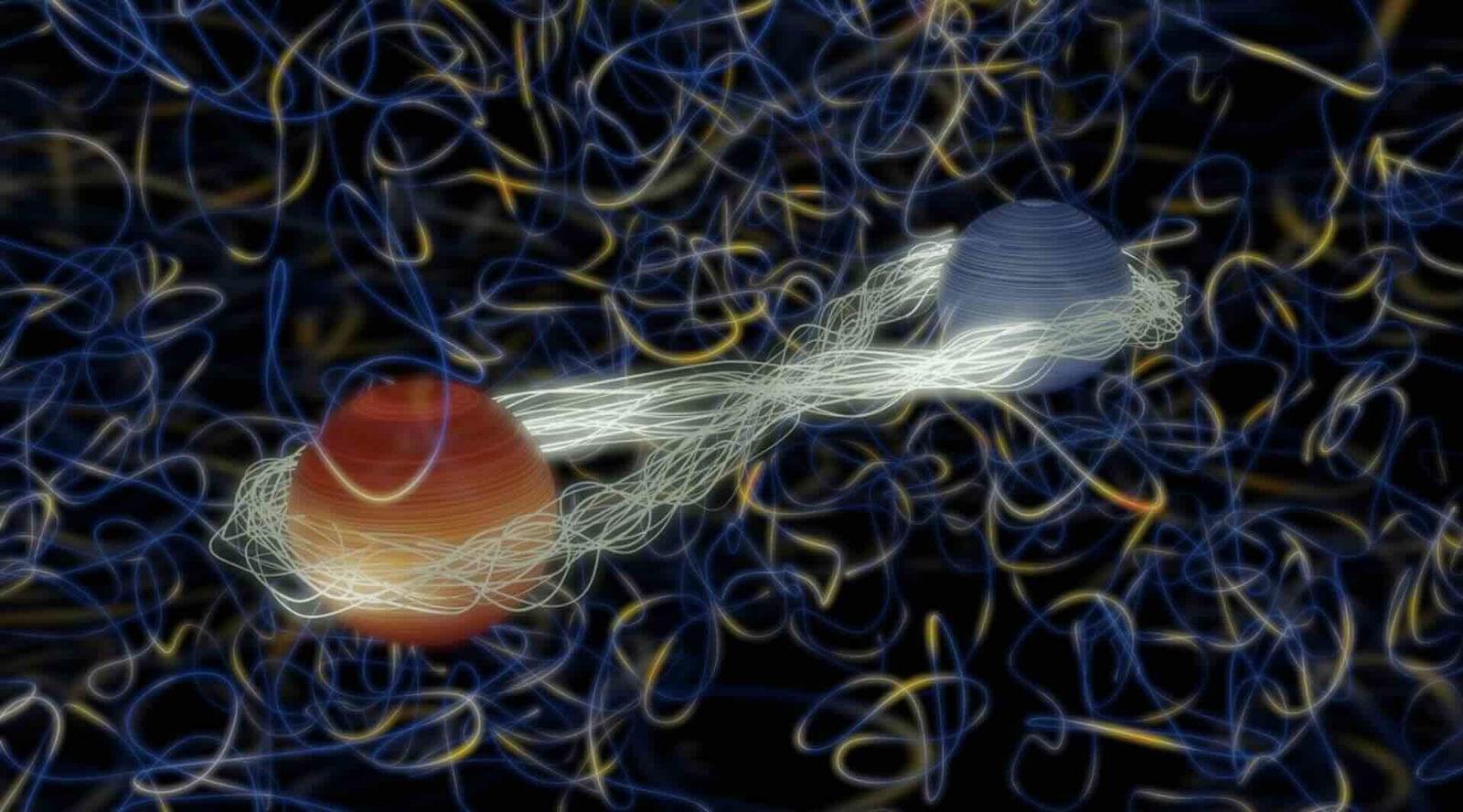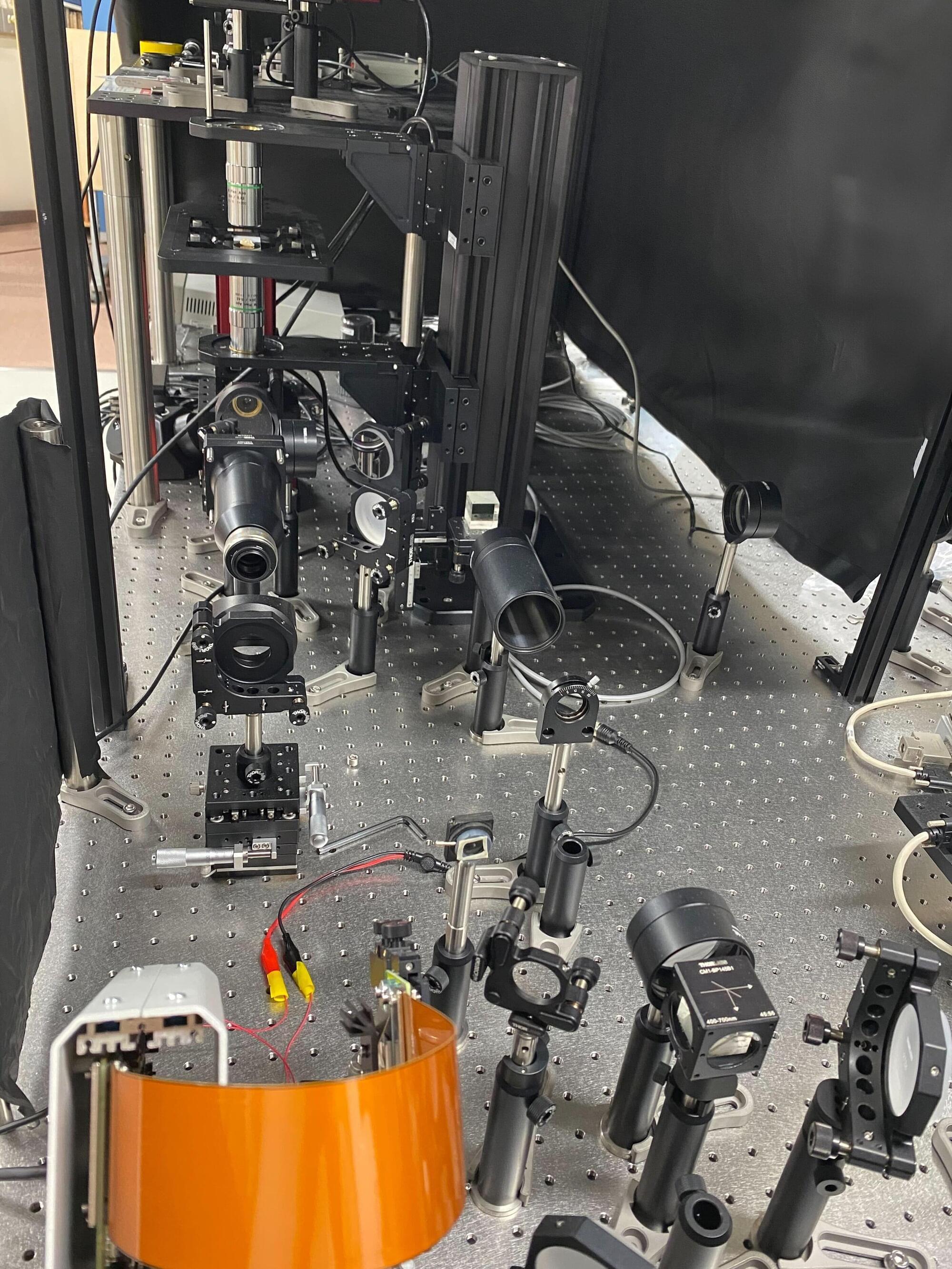Using 3D holograms polished by artificial intelligence, researchers introduce a lean, eyeglass-like 3D headset that they say is a significant step toward passing the “Visual Turing Test.”
“In the future, most virtual reality displays will be holographic,” said Gordon Wetzstein, a professor of electrical engineering at Stanford University, holding his lab’s latest project: a virtual reality display that is not much larger than a pair of regular eyeglasses. “Holography offers capabilities that we can’t get with any other type of display in a package that is much smaller than anything on the market today.”
Holography is a Nobel Prize-winning 3D display technique that uses both the intensity of light reflecting from an object, as with a traditional photograph, and the phase of the light (the way the waves synchronize), to produce a hologram, a highly realistic three-dimensional image of the original object.






